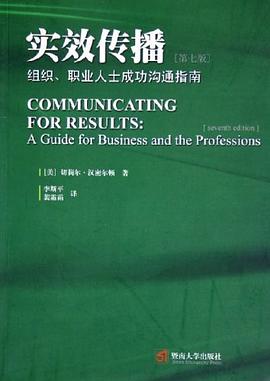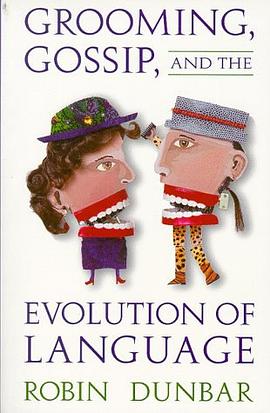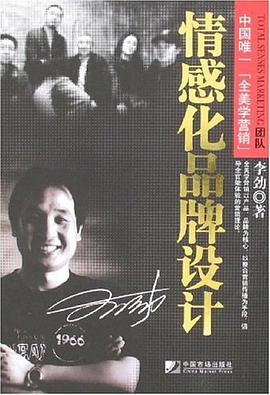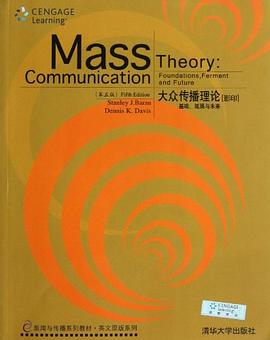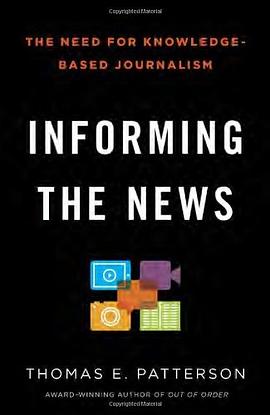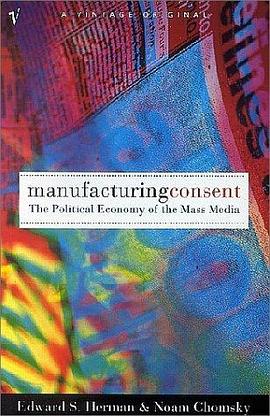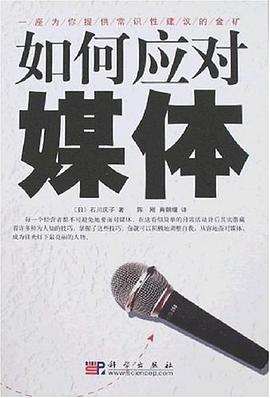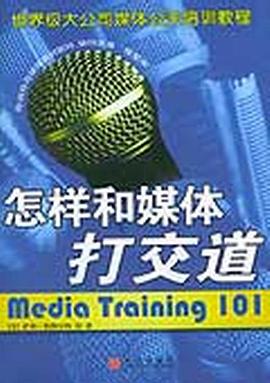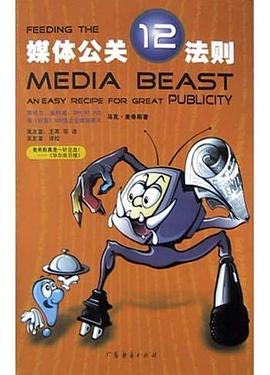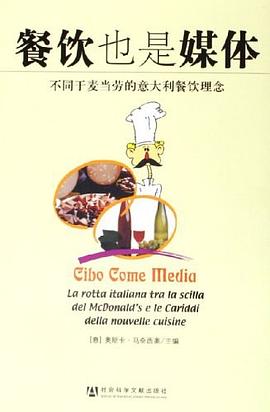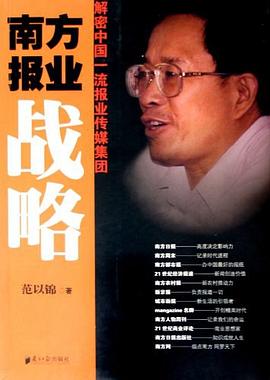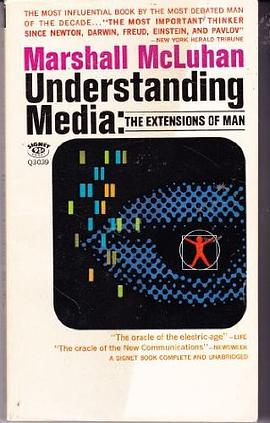

具体描述
This volume addresses competition and coexistence within and among media organizations and industries. The work is situated in the field of media economics and management and the central question underlying the theory and data presented is: how is it that media firms, as well as entire industries exist and persist over time despite what often seems to be intense competition for resources, such as audiences and advertisers? The question is answered using a bioecological theory - the theory of the niche - to explain competitive processes. Despite the focus on the niche theory, the book does not eschew traditional economics and each chapter incorporates relevant economic constructs into the analytic framework. This ranges from the use of the notion of economics of scale to explain selection and firm mortality in newspapers and movie theatres, to the use of concept as transaction costs to explicate the rise of advertising agencies, to employing the concept of strategic group in analyzing the niche breadth strategy, to the measurement of gratifications-utilities. This book offers insights for scholars and practitioners in media economics, management and business.
作者简介
目录信息
读后感
The definition of media richness theory The media richness theory(Daft et al. 1983) proposes that people choose different media according to the media richness, there are four factors which influence the media richness, including: the speed of feedback, v...
评分The definition of media richness theory The media richness theory(Daft et al. 1983) proposes that people choose different media according to the media richness, there are four factors which influence the media richness, including: the speed of feedback, v...
评分The definition of media richness theory The media richness theory(Daft et al. 1983) proposes that people choose different media according to the media richness, there are four factors which influence the media richness, including: the speed of feedback, v...
评分The definition of media richness theory The media richness theory(Daft et al. 1983) proposes that people choose different media according to the media richness, there are four factors which influence the media richness, including: the speed of feedback, v...
评分The definition of media richness theory The media richness theory(Daft et al. 1983) proposes that people choose different media according to the media richness, there are four factors which influence the media richness, including: the speed of feedback, v...
用户评价
相关图书
本站所有内容均为互联网搜索引擎提供的公开搜索信息,本站不存储任何数据与内容,任何内容与数据均与本站无关,如有需要请联系相关搜索引擎包括但不限于百度,google,bing,sogou 等
© 2026 book.wenda123.org All Rights Reserved. 图书目录大全 版权所有


